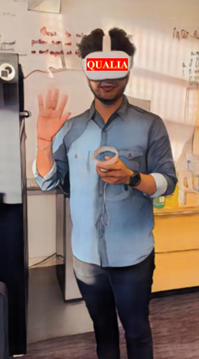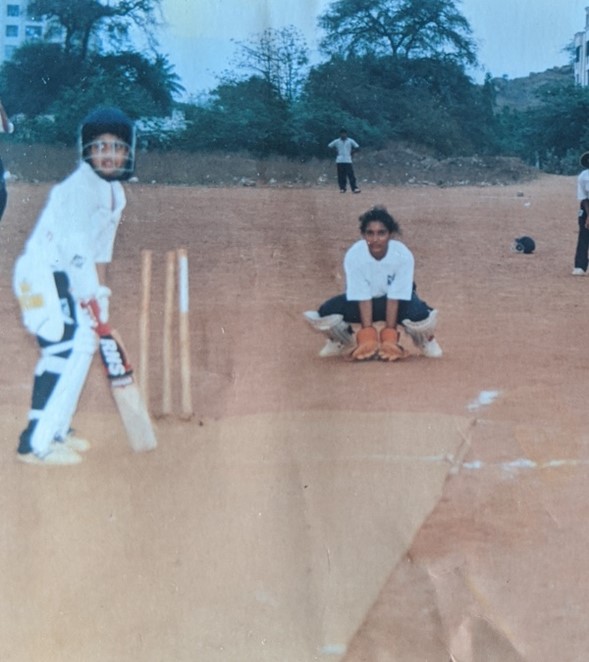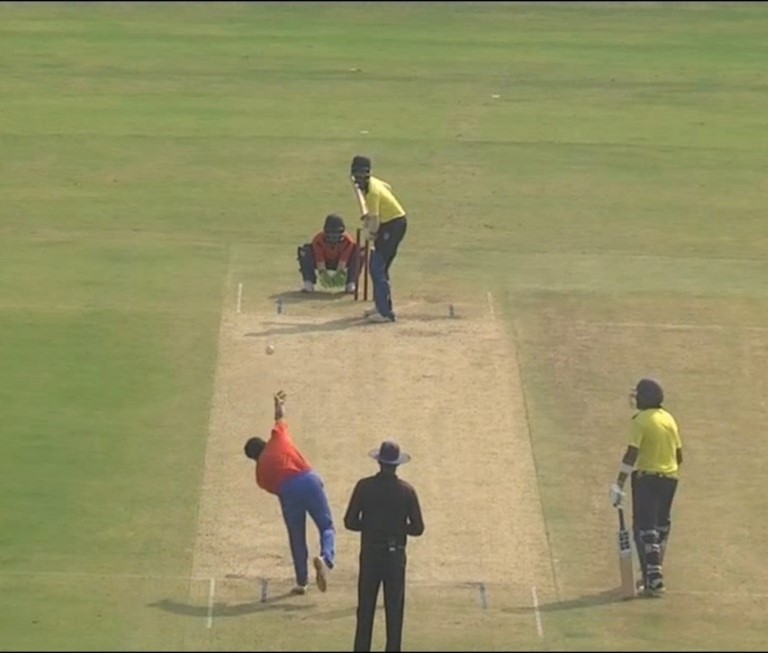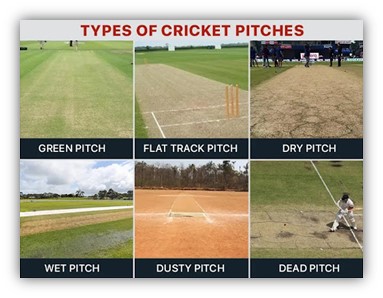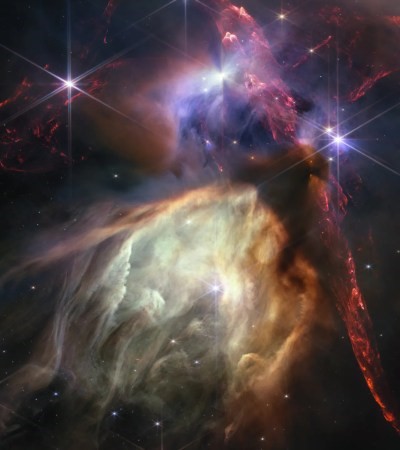Enigmatic Poem by Fred Turner (Published with his permission)
The poem refers to three Phi Beta Kappa honorees: the Supreme Court Judges Kagan and Sotomayor, and the nobelist biologist Barbara MecClintock.
It traces the intellectual history of Phi Beta Kappa back beyond its founding at the Raleigh Tavern in colonial Williamsburg, to the tavern where Walter Raliegh drank with Shakespeare and Marlowe and the New World explorer and mathematician Thomas Hariot. It goes further back to all those gatherings of people who liked to think and learn, the academies of Urbino, Greece, Babylon and others, the “Republic of Letters”. It re-translates the motto of the society, “Let Philosophy guide life” as “the cybernetic life-force of Sophia, or Wisdom”.
The Yellow Brick Road
In honor of the Phi Beta Kappa inductees of 2024
Though you, no doubt, were not required to crouch
In silent dark like Mozart’s Papageno,
Or be transported like poor Dorothy
By the dark providence of the tornado,
Or suffer shipwreck and a father’s loss
Like poor Miranda and her Ferdinand,
Yet some such ordeal maybe met your path
Before you came to join this sacred band.
That spiral yellow road begins right here.
Here stand your wizards, tricky Prospero,
And Doctor Marvel of the great balloon,
And wise Sarastro, with his bass so low;
And, too, your night-queens, ladies of the moon,
Your Hecates, good witches of the West,
And in their virtuality attend
Kagan, Sotomayor, and all the rest.
Before you lies the world now, where to choose.
You ate the apple, and the Lord forgave.
The Raleigh Tavern opens up its doors:
Civil discourse, that merry painted cave.
For Keats rhymed “cavern-tavern” in his poem
Upon the Mermaid, where with Shakespeare swilled
That Raleigh who contributed his name
To this first frat, this most distinguished guild.
But not the first. The duchess of Urbino
Summoned from Europe and the Middle East
The best, most playful, conversationists;
The wits of Cordova had touched that feast,
The Agora, the free symposium,
Those bamboo sages, African and Asian,
Astronomers and poets of Babylon,
All had been drinkers of the same persuasion;
The old res-publica of letters stands
Even today, when plague and war return;
Philosophia Biou Kybernetis
Still whispers, while the bombed-out cities burn.
The cybernetic life-force of Sophia,
That drove the first self-reproducing cells,
Feeds on the wastes of its own evolution
To form the lovely spirals of its shells.
Oh yes, we speak in riddles in this place.
Your colleague, Barbara McClintock, knew
The inner meaning of the motto here
So barbarously translated here for you:
In her Nobel oration she described
The active thinking of the Corn genome,
That, challenged, could call forth and re-enliven
The ancient wisdom of its chromosome,
And call from silence poetry of code
To heal the errors wrought by entropy,
And more, to make decay a kind of growing,
Time’s damage turned to new anatomy.
So here’s the doctorate of thinkology,
Here is the heart, the life that makes us feel;
Here is the medal of such bravery
As is the timid lion’s way to heal.
That thought, we might conclude, brought you today
To join the company of your new peers,
Reason, compassion, beauty, P. B. K.,
Making a present of those long-past years.







